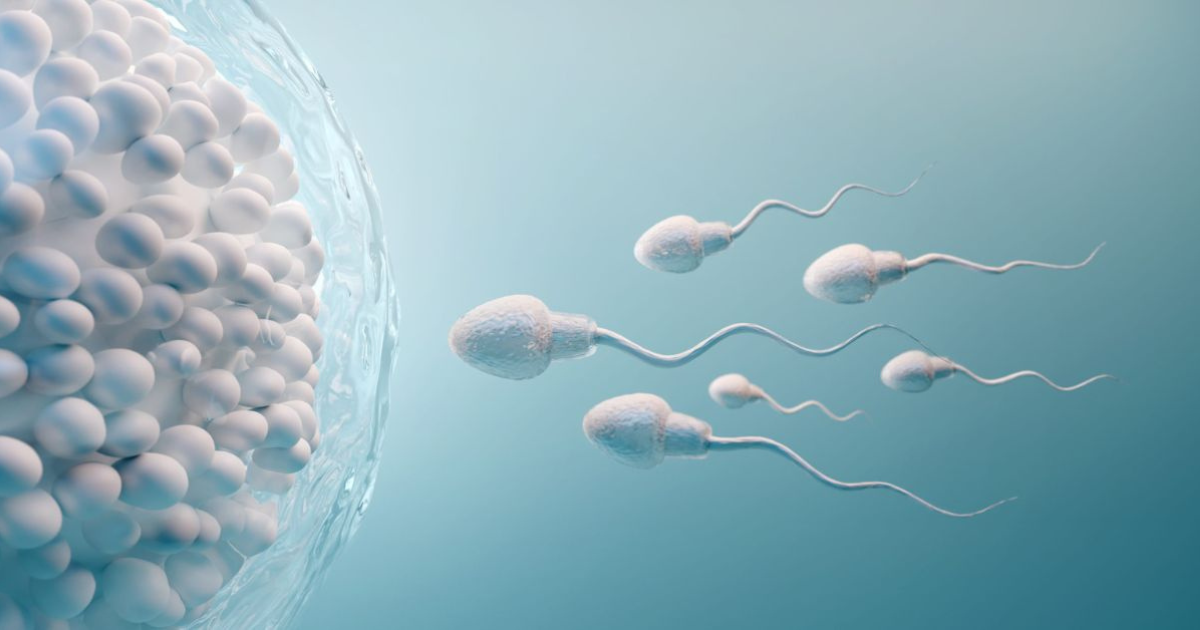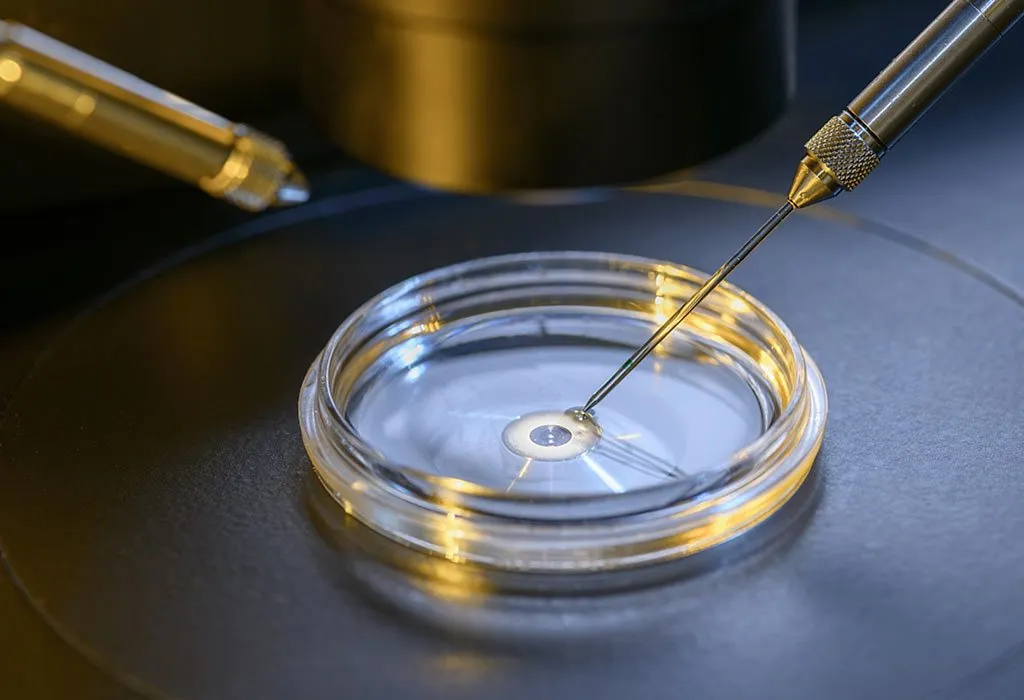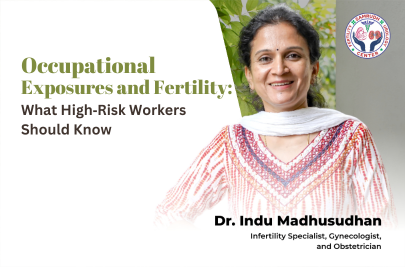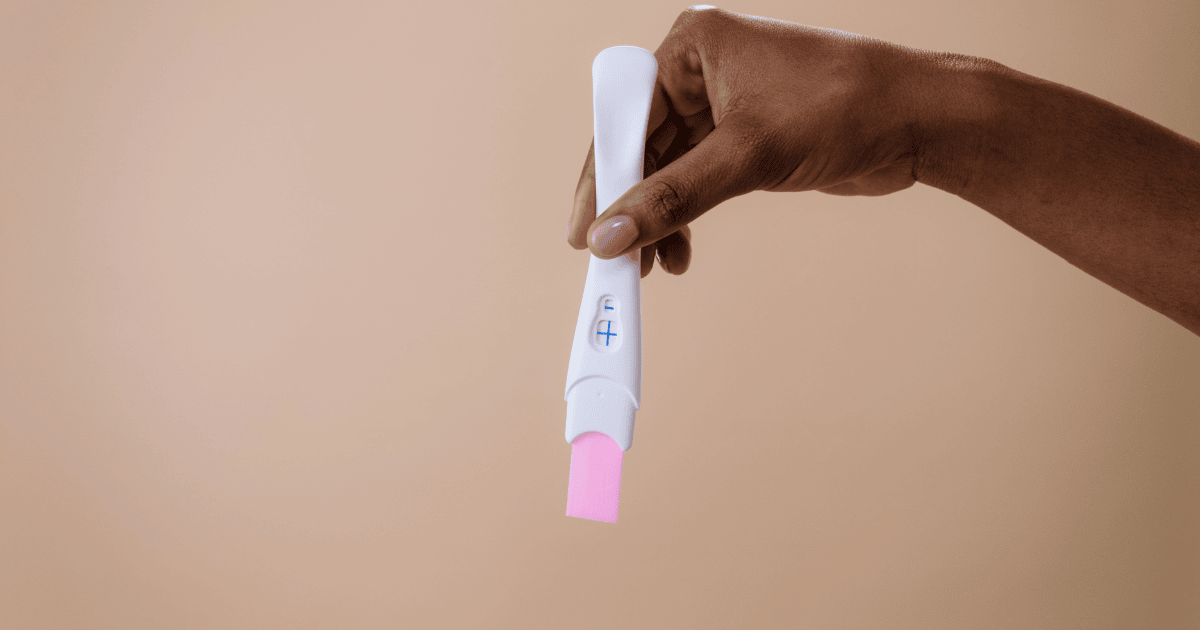Table of Contents
What is IVF?
What is a Test Tube Baby?
Are IVF and Test Tube Baby the Same?
Why the Term “Test Tube Baby” Was Used
The IVF Procedure: Step-by-Step
Who Should Consider IVF?
Common Myths About IVF and Test Tube Babies
Emotional, Physical, and Financial Aspects
Success Rates in India
Final Thoughts
What is IVF?
IVF stands for In Vitro Fertilization. It is a medical procedure where a woman’s egg is combined with a man’s sperm outside the body—in a lab. If fertilization happens, the resulting embryo is then transferred into the woman’s uterus.
The term “in vitro” means “in glass.” That’s because the fertilization happens in a glass dish or test tube in a laboratory setting. However, over time, medical advancements have replaced test tubes with more sophisticated culture dishes.
IVF is one of the most widely used fertility treatments and is considered safe and effective for couples struggling to conceive naturally.
What is a Test Tube Baby?
A test tube baby is not a different procedure. It is simply an old-fashioned term for a baby born through the IVF process. This term became popular in the late 1970s, especially after the birth of the world’s first IVF baby, Louise Brown, in 1978.
Back then, people were fascinated (and sometimes confused) by the concept of babies being created outside the human body. The media described these babies as being made in “test tubes,” which led to the name “test tube baby.”
So, a test tube baby is actually an IVF baby. There is no medical difference.
Are IVF and Test Tube Baby the Same?
Yes, they are exactly the same in terms of procedure, purpose, and result.
Here’s a quick comparison to clarify:
| Term | Scientific Name | Popular Term | Where It Happens | Purpose |
|---|---|---|---|---|
| IVF | In Vitro Fertilization | Test Tube Baby | Fertilization in laboratory | Help infertile couples conceive |
The only difference is in the terminology, not the science or outcome.
Why the Term “Test Tube Baby” Was Used
In the early days of IVF, the general public didn’t have access to medical knowledge. The image of creating a baby in a test tube caught attention. Though it is a dramatic term, it is not medically accurate. Today, fertility specialists prefer the term IVF because it better describes the actual process.
The IVF Procedure: Step-by-Step
Understanding how IVF works helps clear up the confusion even more. Here’s how the process generally goes:
Step 1: Ovarian Stimulation
The woman is given hormonal injections to produce multiple eggs in one cycle. These eggs mature in the ovaries.
Step 2: Egg Retrieval
Once the eggs are ready, they are collected using a minor surgical procedure under ultrasound guidance.
Step 3: Sperm Collection
On the same day, the male partner provides a semen sample. The healthiest sperm are selected.
Step 4: Fertilization in the Lab
The collected eggs and sperm are combined in a lab dish (not an actual test tube). This is where fertilization occurs.
Step 5: Embryo Formation
Once fertilized, the egg becomes an embryo. It is allowed to grow for 3–5 days.
Step 6: Embryo Transfer
A healthy embryo is transferred into the woman’s uterus. If implantation occurs, pregnancy begins.
Step 7: Pregnancy Test
After 10–14 days, a blood test is done to check if the procedure has resulted in pregnancy.
Who Should Consider IVF?
IVF is not just for women who cannot conceive at all. It is also an option in the following cases:
Blocked or damaged fallopian tubes
Male infertility issues like low sperm count
Age-related fertility decline (usually women above 35)
Endometriosis or PCOS
Couples with unexplained infertility
Genetic disorders in parents
Same-sex couples or single parents (using donor eggs or sperm)
Common Myths About IVF and Test Tube Babies
There are many misconceptions in India about IVF and test tube babies. Let’s clear some of them.
Myth 1: IVF babies are weak or abnormal.
Reality: IVF babies are just as healthy as naturally conceived babies.
Myth 2: IVF is painful.
Reality: The procedures may be uncomfortable, but they are not usually painful due to anesthesia and medical support.
Myth 3: IVF always results in twins or triplets.
Reality: With modern techniques, doctors usually transfer only one embryo to reduce multiple births.
Myth 4: Only rich people can afford IVF.
Reality: While IVF can be expensive, many clinics in India offer affordable EMI options, and government schemes are also being introduced.
Emotional, Physical, and Financial Aspects
IVF is not just a physical process. It affects the couple emotionally and financially too.
Emotional aspects:
Couples often go through anxiety, hope, fear, and disappointment in the process. Counseling and support groups can help a lot.
Physical aspects:
Hormone treatments and procedures can lead to fatigue, mood changes, and bloating. These are temporary and manageable under a doctor’s supervision.
Financial aspects:
The average cost of one IVF cycle in India ranges from ₹1.2 to ₹2.5 lakh. Success in one cycle is not guaranteed, and multiple cycles may be needed. Some couples also opt for donor eggs, ICSI, or freezing embryos, which add to the cost.
Success Rates in India
Success rates depend on age, health condition, and quality of eggs and sperm. Below is a general idea:
| Age of Woman | Success Rate per IVF Cycle |
|---|---|
| Below 35 | 40–50% |
| 35–37 years | 30–40% |
| 38–40 years | 20–30% |
| Above 40 | 10–20% |
These numbers are averages. Lifestyle, diet, and clinic expertise also affect the success rate.
Final Thoughts
The terms “IVF” and “test tube baby” refer to the same process. IVF is the modern, scientific term, while test tube baby is an older, media-coined phrase. Both point to a life-changing procedure that has brought joy to millions of families across India.
If you’re considering IVF, don’t get caught up in the terminology. Focus on understanding the process, finding the right fertility expert, and preparing yourself mentally and physically for the journey.









